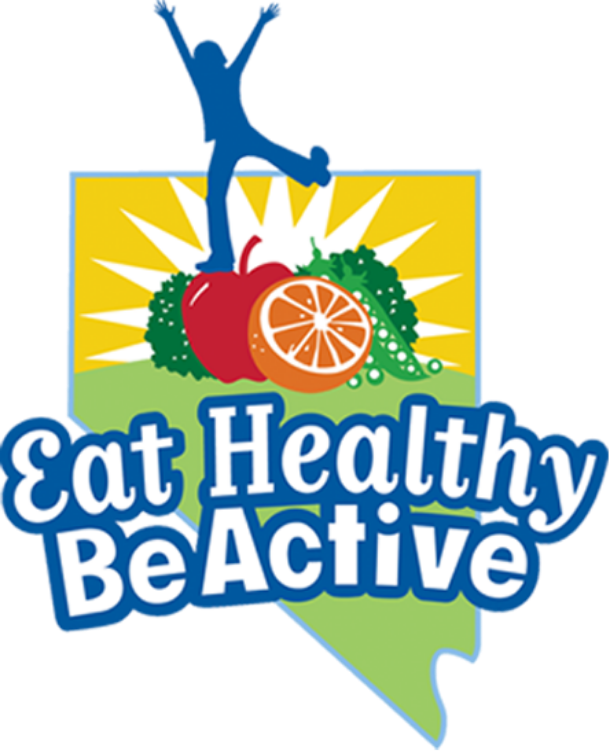Microwave ovens can play an important role at mealtime, but special care must be taken when cooking or reheating meat, poultry, fish, and eggs to make sure they are prepared safely. Microwave ovens can cook unevenly and leave “cold spots,” where harmful bacteria can survive. For this reason, it is important to use the following safe microwaving tips to prevent foodborne illness.
After reviewing all the safety tips, get Microwave Recipes here: www.myplate.gov/myplate-kitchen/recipes
Tips for Microwave Oven Cooking
Arrange food items evenly in a covered dish and add some liquid if needed. Cover the dish with a lid or plastic wrap; loosen or vent the lid or wrap to let steam escape. The moist heat that is created will help destroy harmful bacteria and ensure uniform cooking. Cooking bags also provide safe, even cooking.
Do not cook large cuts of meat on high power (100%). Large cuts of meat should be cooked on medium power (50%) for longer periods. This allows heat to reach the center without overcooking outer areas.
Stir or rotate food midway through the microwaving time to eliminate cold spots where harmful bacteria can survive, and for more even cooking.
When partially cooking food in the microwave oven to finish cooking on the grill or in a conventional oven, it is important to transfer the microwaved food to the other heat source immediately. Never partially cook food and store it for later use.
Use a food thermometer or the oven’s temperature probe to verify the food has reached a safe minimum internal temperature. Cooking times may vary because ovens vary in power and efficiency. Always allow standing time, which completes the cooking, before checking the internal temperature with a food thermometer.
Cook foods to the following safe minimum internal temperatures:
- Cook all raw beef, pork, lamb and veal steaks, chops, and roasts to a minimum internal temperature of 145 °F as measured with a food thermometer before removing meat from the heat source. For safety and quality, allow meat to rest for at least three minutes before carving or consuming. For reasons of personal preference, consumers may choose to cook meat to higher temperatures.
- Cook all raw ground beef, pork, lamb, and veal to an internal temperature of 160 °F as measured with a food thermometer.
- Cook all poultry to a safe minimum internal temperature of 165 °F as measured with a food thermometer.
- Microwaving stuffed, whole poultry is not recommended. The stuffing might not reach the temperature needed to destroy harmful bacteria. Cook stuffing separately to 165 °F.
- Cook egg dishes and casseroles to 160 °F.
- Reheat leftovers to 165 °F.
- Cooking whole, stuffed poultry in a microwave oven is not recommended. The stuffing might not reach the temperature needed to destroy harmful bacteria.
Microwave Defrosting
Remove food from packaging before defrosting. Do not use foam trays and plastic wraps because they are not heat stable at high temperatures. Melting or warping may cause harmful chemicals to migrate into food.
Cook meat, poultry, egg casseroles, and fish immediately after defrosting in the microwave oven because some areas of the frozen food may begin to cook during the defrosting time. Do not hold partially cooked food to use later.
Cover foods with a lid or a microwave-safe plastic wrap to hold in moisture and provide safe, even heating.
Heat ready-to-eat foods such as hot dogs, luncheon meats, fully cooked ham, and leftovers until steaming hot.
After reheating foods in the microwave oven, allow standing time. Then, use a clean food thermometer to check that food has reached 165 °F.
Containers & Wraps
Only use cookware that is specially manufactured for use in the microwave oven. Glass, ceramic containers, and all plastics should be labeled for microwave oven use.
Plastic storage containers such as margarine tubs, take-out containers, whipped topping bowls, and other one-time use containers should not be used in microwave ovens. These containers can warp or melt, possibly causing harmful chemicals to migrate into the food.
Microwave plastic wraps, wax paper, cooking bags, parchment paper, and white microwave-safe paper towels should be safe to use. Do not let plastic wrap touch foods during microwaving.
Never use thin plastic storage bags, brown paper or plastic grocery bags, newspapers, or aluminum foil in the microwave oven.
